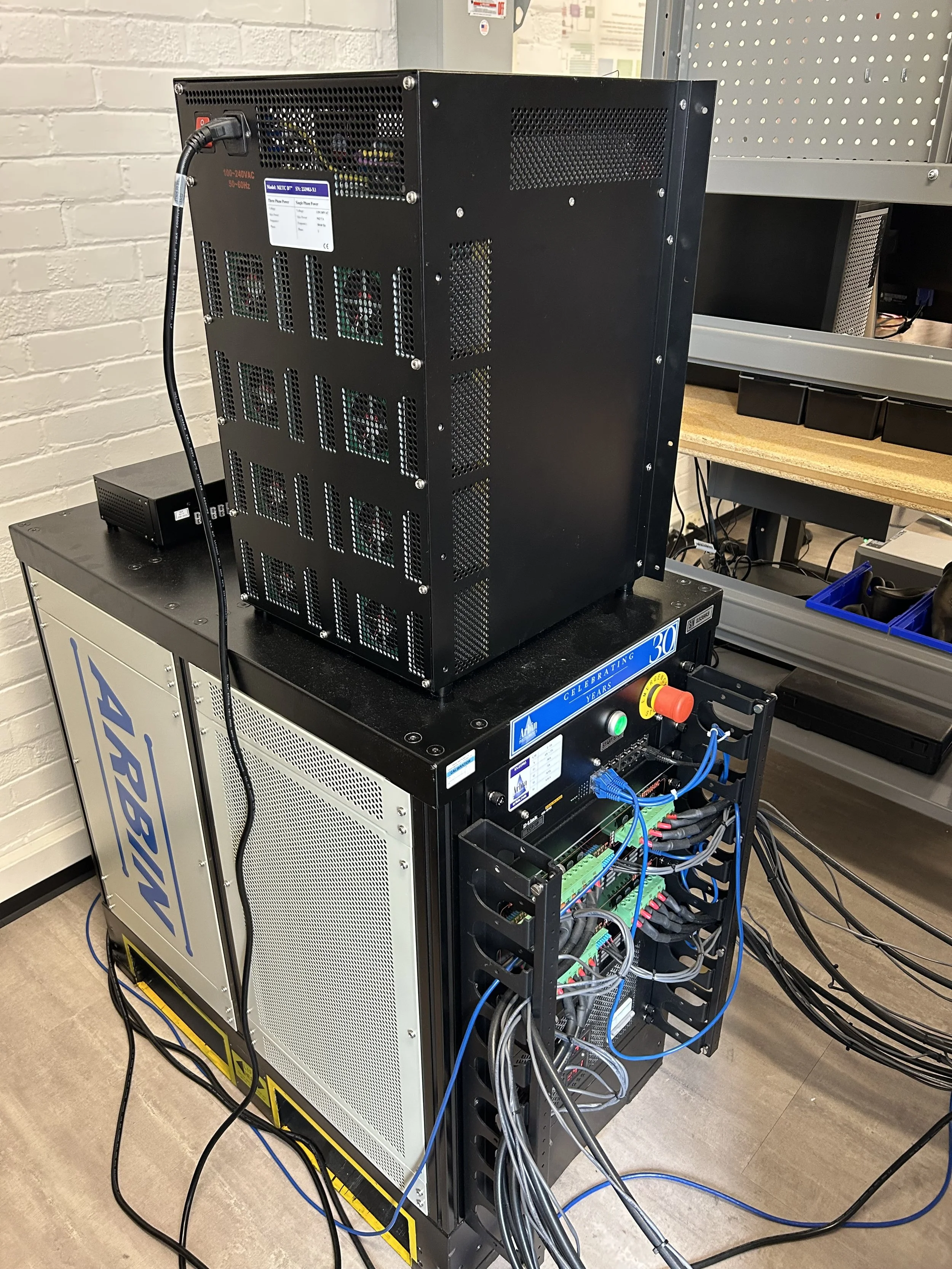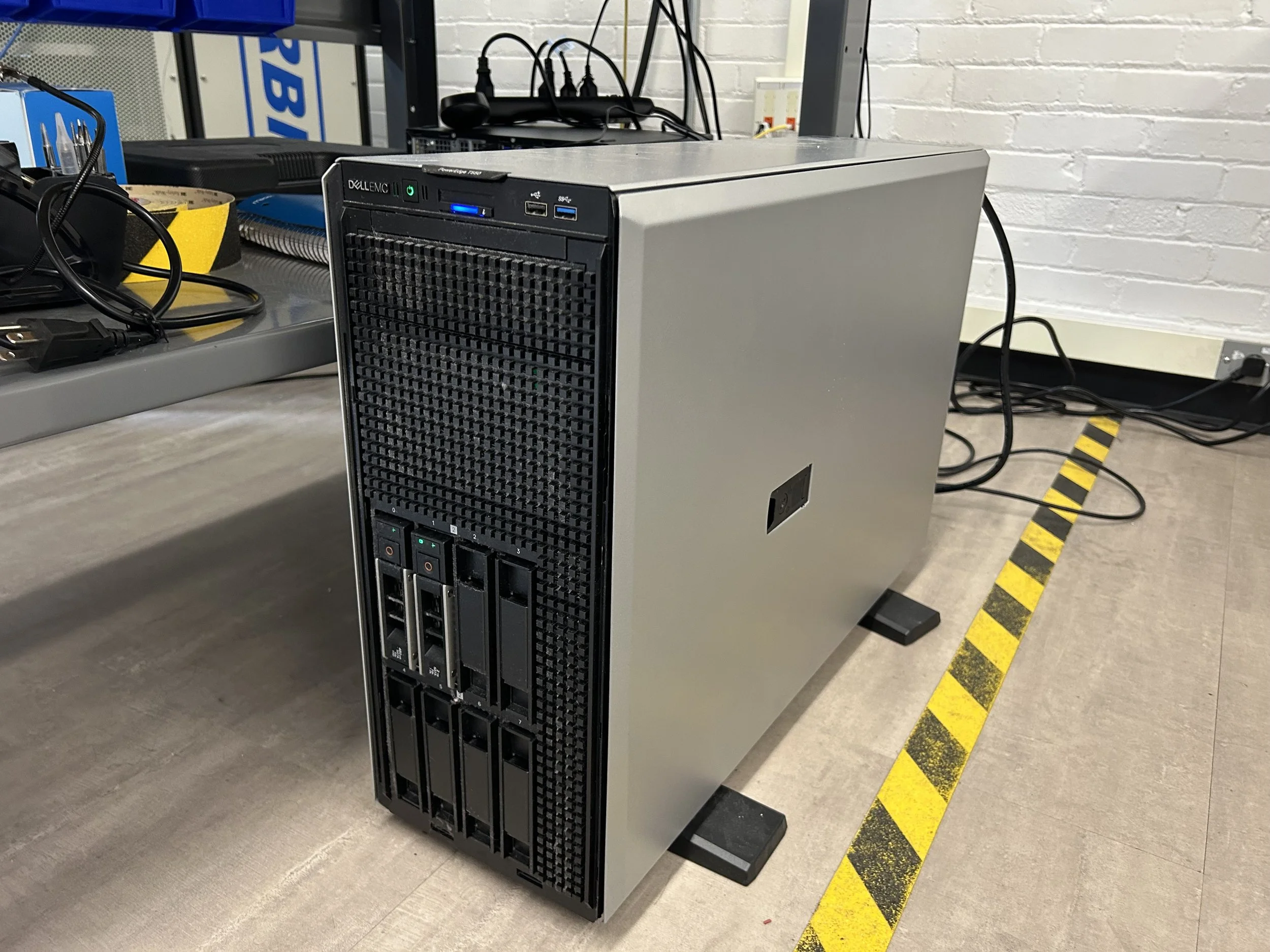
Experimental Facilities
Battery Diagnostics
Our laboratory is equipped with an Arbin System-LBT21084HC, which can accurately reproduce power profiles for various classes of aircraft and missions. The machine conducts real-time charging and discharging experiments on 16 channels, with a maximum current of 30 A. We utilize Amerex Instruments IC150R Incubators to maintain the desired test temperature, ensuring accurate results. Additionally, we have the capacity to isolate individual cells in our Arbin Multi-Zone Thermal Chamber (MZTC) and thermocouple interface.
Aircraft Powertrain Computational Simulation
One of the primary research focuses in our laboratory involves simulating conventional and unconventional aircraft networks, particularly emphasizing electrified systems. We achieve this through RCAIDE (Research Community Aircraft Interdisciplinary Design Environment), a platform that enables us to design, optimize, and simulate various classes of aircraft. RCAIDE allows us to assess how different architectures impact aircraft performance. Moreover, the output data generated serves as input for additional numerical simulations and experimental tests.
Data Analysis
In our laboratory, the ability to analyze data is a cornerstone of our battery research. Without it, all data collected during battery cycling experiments would be rendered moot. The native software, MitsX, provided by Arbin, serves as the default program for our battery analysis. Additionally, we make use of third-party software—such as Python and MATLAB—enabling us to dive deeper into the nuances of the data.


